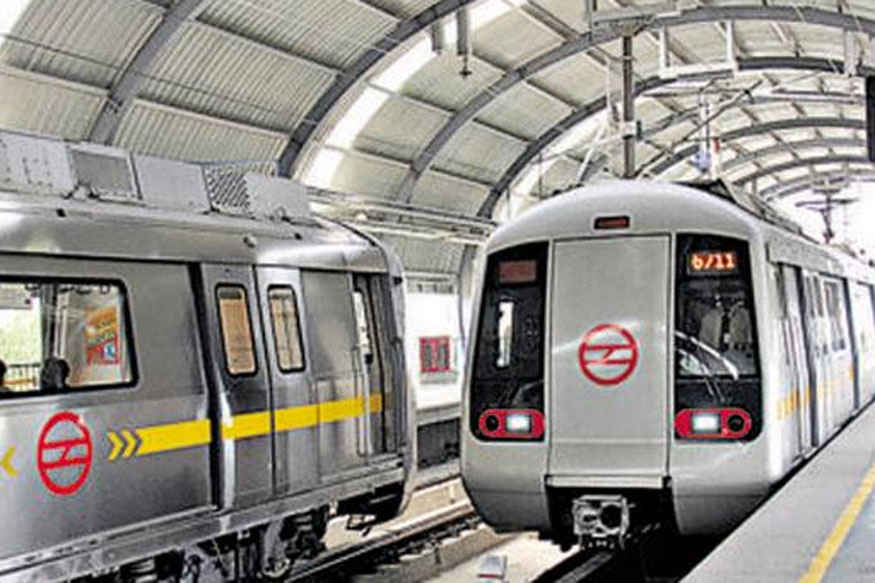
The Delhi Metro Rail Corporation’s (DMRC) annual report for 2016-17 is out. A dispassionate reading of this document is important to put the metro’s fare hike in context. Here are the key numbers for the year.
Total passengers ferried: 100 cr
Total Revenue: Rs 5,388 cr
Total Expenditure: Rs 5,736 cr
Operating Loss: Rs 348 cr
Total loans outstanding: Rs 34,173 cr
The fare hike, which has caused political jostling and consumer complaints, has to be looked at in the context of these numbers. Despite being the most ‘successful’ metro project in India, the Delhi Metro still makes an operating loss.
Here are a few more numbers: The DMRC’s core business of passenger operations generates just Rs 1765 cr from Rs 100.78 cr passengers. That is the average fare of a little over Rs 17 per passenger.
On the core business, although the DMRC makes a surplus of Rs 194 cr, after provisioning for depreciation (Rs 1,521 cr) and repayment of loans (Rs 1,571 cr) it is left with an overall loss of Rs 1,567 cr.
Wither Money?
Which brings to the next, all important, question: Who pays for the Rs 1,567 cr loss? Is it commuters, ordinary tax-payers like you and I, large private and public sector organizations who benefit from the DMRC network or Government grants?
Remember, every penny, even as government grants, is tax-payer money.
Implication of DMRC Fare hike
On a blended journey basis, considering the discounts on car journeys, it is our estimate that an average fare increase of Rs 5 per passenger can generate Rs 500 cr more for the DMRC, and will not precipitate a shift of passengers to Ola or Uber.
The extra Rs 500 cr will also be sufficient to service the loans which are owed to the Indian government and local bodies, which are mostly interest-free, and international borrowings from Japan International Cooperation Agency (JICA) at an average cost of 1.3%.
Politics can wait.
The author is a former civil servant and is the CEO and Founder of The Entrepreneurship School.